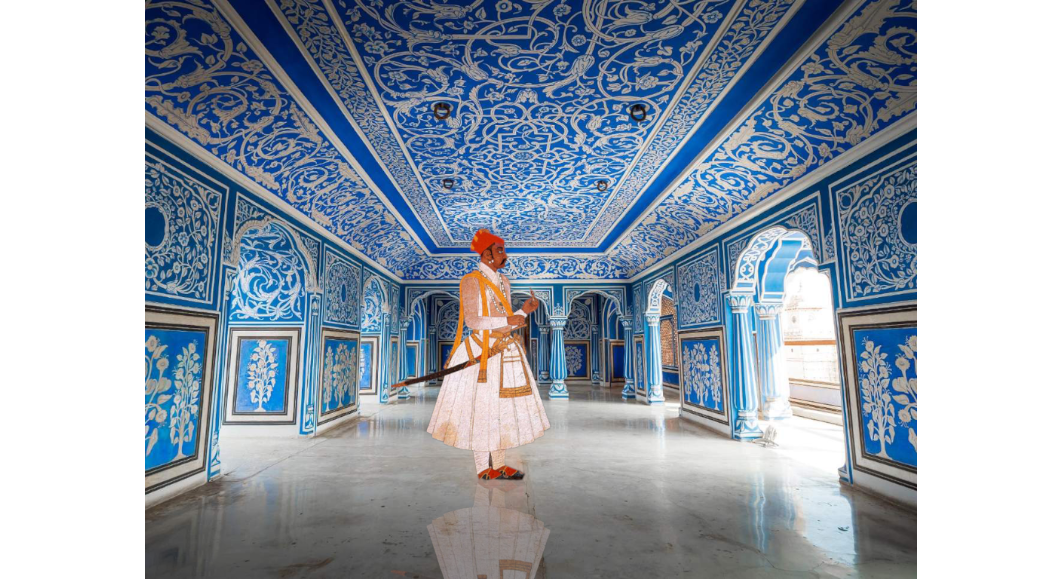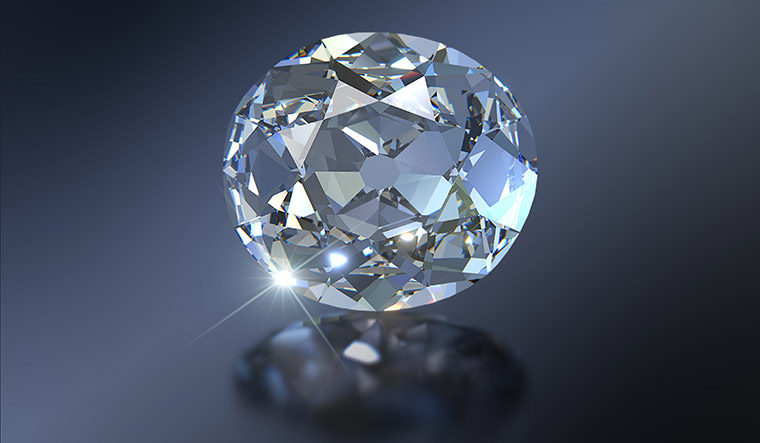If you’re planning to visit Rajasthan, India. don’t miss Jaipur. Namastey, today we will explore some of the great historical sites of Jaipur with the rich history of founder Maharajah Jai Singh II. He is additionally referred to as Sawai Jai Singh.
Jaipur- History, and its Architecture you must visit
Maharaja Sawai Jai Singh became the first-time ruler in Amer at the age of 11 after the death of his father Raja Bishan Singh on 31 December 1699. Kachwaha ruler got the chance to rule malwa three times between 1714 and 1737. The title of Sawai was given by Mughal Emperor Aurangzeb.” Sawai” means one and a quarter times superior to his contemporaries. He received the title of Maharajah Sawai, Raj Rajeshvar, and Shri Rajadhiraj in the year 1723.
Sanskrit, Marathi, Turki, Farsi, Arabi, and other regional Rajasthani spoken languages were among the languages he mastered in. He adored astronomy, mathematics, and architecture. He read numerous books from throughout the world on the subjects described, studying well-known scientific methods. In order to establish his authority after breaking free from Mughal political and military control, Jai Singh performed the Ashvamedha sacrifice, a long-forgotten ritual. In 1727, he moved the kingdom’s capital from Amber to the newly founded city of Jaipur.
Here is a look at the most beautiful architecture to visit in Jaipur :
Moti Dungri & Birla Temple
In Jaipur, Rajasthan, there is a Hindu temple entitled Moti Dungri that serves Lord Ganesha. Seth Jai Ram Paliwal supervised the construction of the structure in 1761. The temple is close to the Birla Temple, one of numerous Birla mandirs. The B.M. Birla Foundation completed it in 1988, just by using white marble. It represents Lord Vishnu and Lakshmi, two Hindu deities, and is a well-known tourist destination in the area.
Watch our video on Jaipur- History, and its Architecture you must visit – https://www.youtube.com/watch?v=0eBqYvRDmiE&t=22s
Wind Palace – Hawa Mahal
Pink and red sandstone was used to build the palace, which was designed to provide a private view of the city. This structure is inspired by the unique structure of Khetri Mahal. Lal Chand Ustad designed it. With its 953 tiny windows, known as Jharokhas, each with elaborate latticework, the exterior of this five-story building resembles a honeycomb.
Jantar Mantar
Five Jantar Mantar were built by Maharaja Jai Singh II in the early 18th century; they were finished between 1724 and 1735 in New Delhi, Jaipur, Ujjain, Mathura, and Varanasi. A collection of astronomical instruments made of stone and designed to be used only with the naked eye is described as a Jantar Mantar.
Jal Mahal
Great Scenic view of Man Sagar lake around the royal Jal mahal, known for its Rajput Style of Architecture. The palace is a five-story red sandstone structure, and when the lake is full, it is submerged at the fourth ground, and the top floor is visible. The Aravalli hills range, which is located to the northeast of Jaipur, contains sandstone rock formations in the hills that surround the lake area.
Albert Hall Museum
The museum houses a wide variety of objects, including paintings, jewelry, carpets, and works of art made of crystal, ivory, stone, and metal. Coins from the Gupta, Kushan, Delhi Sultanate, Mughal, and British empires are included in the collection. The biggest attraction of this museum is an Egyptian mummy. It serves as the state museum of Rajasthan and is the oldest museum in the state.
Nahargarh Fort
On the edge of the Aravalli Hills, Nahargarh Fort commands a view of Jaipur. Nahargarh, together with Amer and Jaigarh forts, previously served as the city’s formidable defense ring. The name Nahar is thought to refer to Nahar Singh Bhomia, whose ghost is said to have haunted the area and prevented the fort’s completion.
City Palace
Maharaja Sawai Jai Singh II, who moved his court to Jaipur from Amber in 1727, founded the City Palace in Jaipur at the same time as the city. Along with hosting religious and cultural events, the Palace supported the arts, business, and industry. The Maharaja Sawai Man Singh II Museum is presently located there, and the Jaipur royal family continues to reside there. The palace area includes a number of structures, a number of courtyards, galleries, dining halls, and offices for the Museum Trust. Rajamata Padmini Devi of Jaipur is the chairperson of the Museum Trust.
Visit our website www.mayathevoice.com for more interesting information and updates.



)
Your article helped me a lot, is there any more related content? Thanks! https://accounts.binance.com/bn/register?ref=RQUR4BEO
Thank you for your sharing. I am worried that I lack creative ideas. It is your article that makes me full of hope. Thank you. But, I have a question, can you help me?